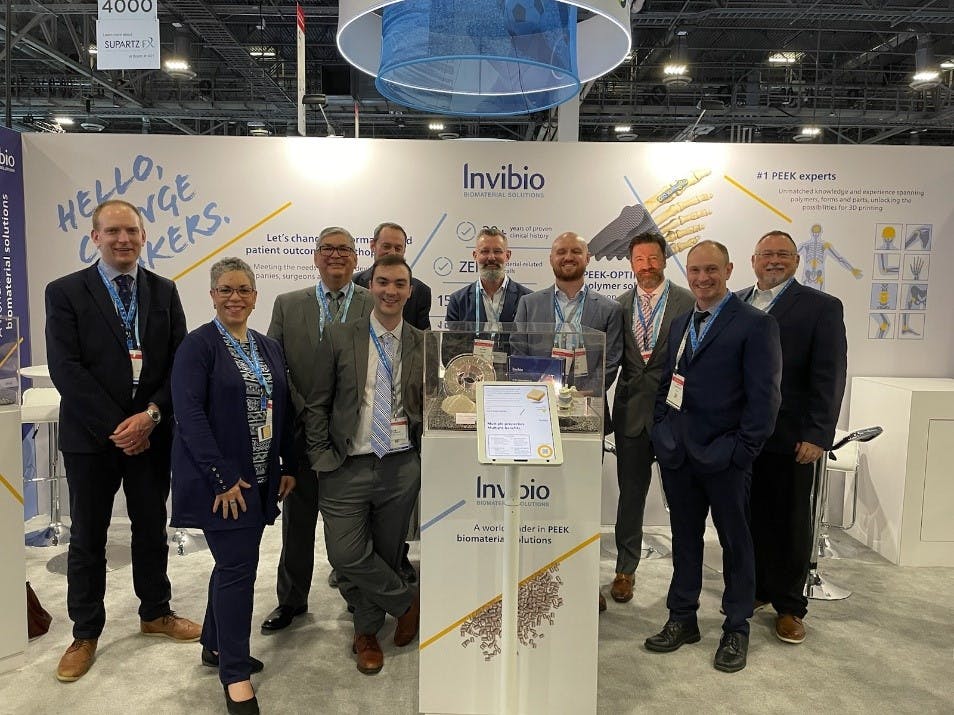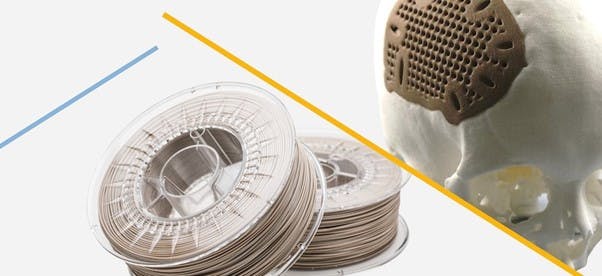Recently, I was asked to write about the most promising advancements that I'm seeing in the fields of biomaterial development and implantable medical devices. This is an incredibly innovative time in the field due in part to advancements in additive manufacturing (3D printing) of PEEK (polyetheretherketone) polymers.
PEEK-OPTIMA™ polymer: A Game-Changer in Medical Implant Design
The introduction of PEEK-OPTIMA™ more than 20 years ago dramatically improved the range of options for medical implant design. PEEK-OPTIMA polymers have been used in more than 15 million implanted devices, delivering a host of advantages including high strength and stiffness, biocompatibility, radiolucency for clear diagnostic imaging, and sterilization resistance.
The Rise of Additive Manufacturing: Enhancing Implant Customization
We are now at the dawn of what promises to be a transformational period in the development of medical implants, where maturing 3D printing capabilities are enabling healthcare professionals and medical device manufacturers to design implants that are patient-specific to better match patient anatomy, meet biomechanical needs and deliver improved patient outcomes. For example, PEEK-OPTIMA™ polymer has been used increasingly in custom implants for cranioplasty following trauma, cancer or infection, especially in cases requiring larger reconstructions with a high degree of complexity. Combining the intrinsic properties of PEEK-OPTIMA - no artifact on MRI or CT - together with a bone-like modulus, it can extend the range of patient and surgeon benefits beyond those of medical-grade titanium or autologous bone in these cases.
Advantages of 3D Printed PEEK Implants in Interbody Fusion
Additive manufacturing technologies have complemented the benefits of PEEK by providing greater design freedom. In interbody fusion applications 3D printing is now allowing the creation of complex porous architectures that may improve bone in-growth and result in earlier fixation. This technology uses less material than conventional subtractive methods, which also contributes to sustainability.
The Impact of Additive Manufacturing on Implant Production
The versatility of 3D printed PEEK implants extends beyond spinal fusion applications to total joint replacement, craniomaxillofacial implants, and trauma care. These innovations not only extend and improve the lives of individuals but also allow them to maintain an active and fulfilling lifestyle.
Interested in learning more about these advancements and their impact on the healthcare industry? Check out my full article in Medical Plastics News for a deeper dive into the future of PEEK medical implants.
About the author
Mark Brady is the Additive Manufacturing Program Leader for Invibio, where he has worked since 2010 in a variety of product development roles. Prior to Invibio, Mark was a Principal Scientist in the area of wound care and regeneration. He received his undergraduate degree in Biochemistry and PhD from the University of Liverpool, United Kingdom.








